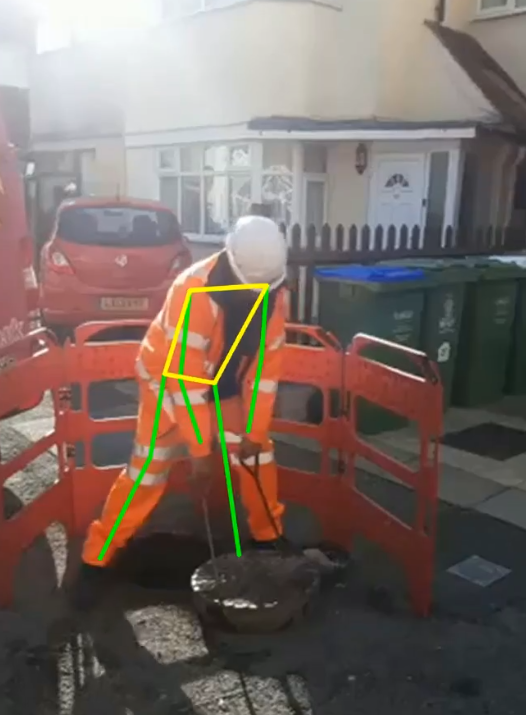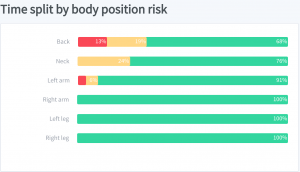Artificial Intelligence helps wastewater specialist guard against injury

Drainage and wastewater service specialist Lanes Group plc is using an innovative app that learns through artificial intelligence to help protect its employees against manual handling injuries.
The app videos colleagues as they carry out tasks and analyses risks associated with their posture, allowing them to change their behaviour to avoid injury.
Lanes Utilities, the wastewater network services maintenance partner for Thames Water, has started using the SoterTask manual handling assessment tool across its induction programme.
It is also being used for individual risk assessments for colleagues with pre-existing medical conditions and to carry out post-injury assessments as part of the return to work process.
If the app proves effective, its use could be extended, with supervisory personnel using it to carry out assessments in the field as part of their site audits and ongoing health and safety support.
It is believed to be the first time the SoterTask app is being used in the water industry to help protect teams against one of the biggest and most injury risks.
Lanes is aiming to use the technology to support colleagues who are returning to work after periods of ergonomic injury, which includes back injury, to make sure they are fully supported and restart their duties using the safest manual handling techniques.
The company also plans to work with its developers, Soter Analytics, to develop specific capability to minimise back injury risks associated with getting into and out of HGVs and sitting in cabs for long periods.
Kris Taylor, Head of HSQE and Security at Lanes Utilities, said: “We’ve only just started using SoterTask but we’re hopeful it will help us bear down on manual handling risks.
“Soter Analytics uses artificial intelligence by continuously analysing data gathered via SoterTask and its other manual handling tools to refine data accuracy and broaden the analysis it is able to carry out.
“We are always looking for new ways to improve health and safety, so using AI-based tools to educate our teams about manual handling risks and explore more deeply how we can change to work more safely very much appealed to us as an organisation.”
SoterTask works by calculating the stresses placed on the body by filming people carrying out manual handling tasks. These are shown superimposed on video footage as stress lines that are green, amber or red, depending on the level of injury risk.
The app calculates the percentage time each part of the body – neck, back, left leg, right leg, left arm, right arm – is placed under ‘red’ high risk, ‘amber’ moderate risk and ‘green’ low risk.
Tasks lasting up to four minutes can be analysed. Using SoterTask, Lanes can show employees how and where their approach to physical work increases risk of injury, and demonstrate, with clear evidence, that making changes reduces that risk.

UK-based Soter Analytics claims its technology, which also includes wearable devices for measuring manual handling risk, can reduce workplace ergonomic injuries by up to 55%.
Kris Taylor said: “Manual handling injury is one of the biggest risks in the wastewater maintenance industry. Our operatives spend a lot of time bending over to look down manholes, lifting equipment and handling jetting hoses, which put can put their bodies under stress.
“AI technology is going to play an increasingly important role in helping us understand and minimise these risks. The lessons we hope to learn can be beneficial for colleagues across the water industry.”







